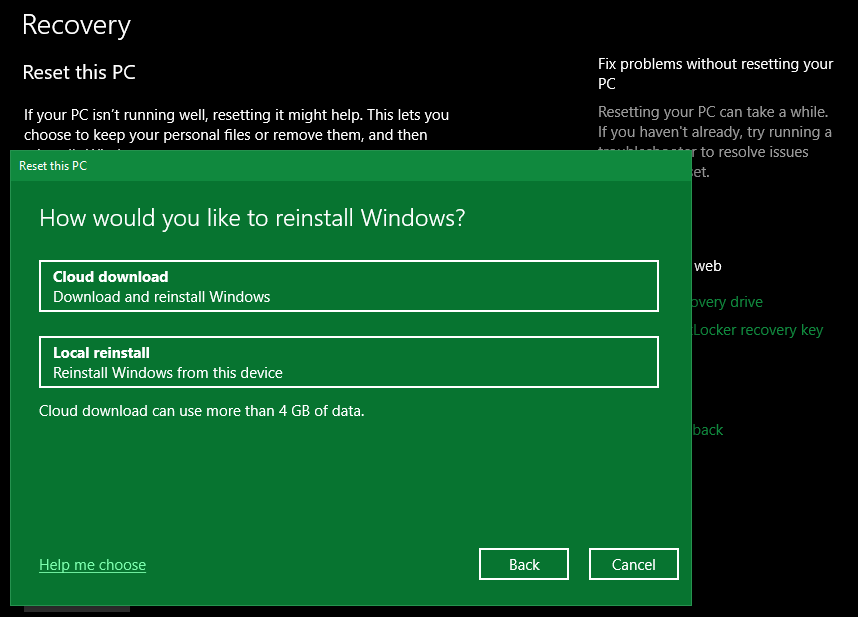

Split the Windows image file into smaller files, and put the smaller files onto the USB drive: Dism /Split-Image /ImageFile:D:\sources\install.wim /SWMFile:E:\sources\install. If your image is larger than the filesize limit:Ĭopy everything except the Windows image file (sources\install.wim) to the USB drive (either drag and drop, or use this command, where D: is the mounted ISO and E: is the USB flash drive.) robocopy D: E: /s /max:3800000000 The dialog box lists all existing partitions on the hard disk. In order to reformat the disk, you will delete the existing partition(s) on the disk and let Windows Setup create new ones. You can install Windows using a USB and you don't need the CD Drive or installation disk. To reformat and reinstall is the computer equivalent of erasing the chalkboard and starting over with a completely blank slate.

Windows USB install drives are formatted as FAT32, which has a 4GB filesize limit. Here's the ultimate guide to install Windows 10 on a new computer. Follow the instructions to install Windows. Select the option that boots the PC from the USB flash drive. Turn on the PC and press the key that opens the boot-device selection menu for the computer, such as the Esc/F10/F12 keys. If the status is set to 'Notification,' restart the computer and recheck. For more information, see Automate Windows Setup. Once you complete thsee steps, Windows 10 should activate successfully on the new installation. Optional: add an unattend file to automate the installation process. Use File Explorer to copy and paste the entire contents of the Windows product DVD or ISO to the USB flash drive. Step 2 - Copy Windows Setup to the USB flash drive If Mark Partition as Active isn't available, you can instead use diskpart to select the partition and mark it active.


 0 kommentar(er)
0 kommentar(er)
